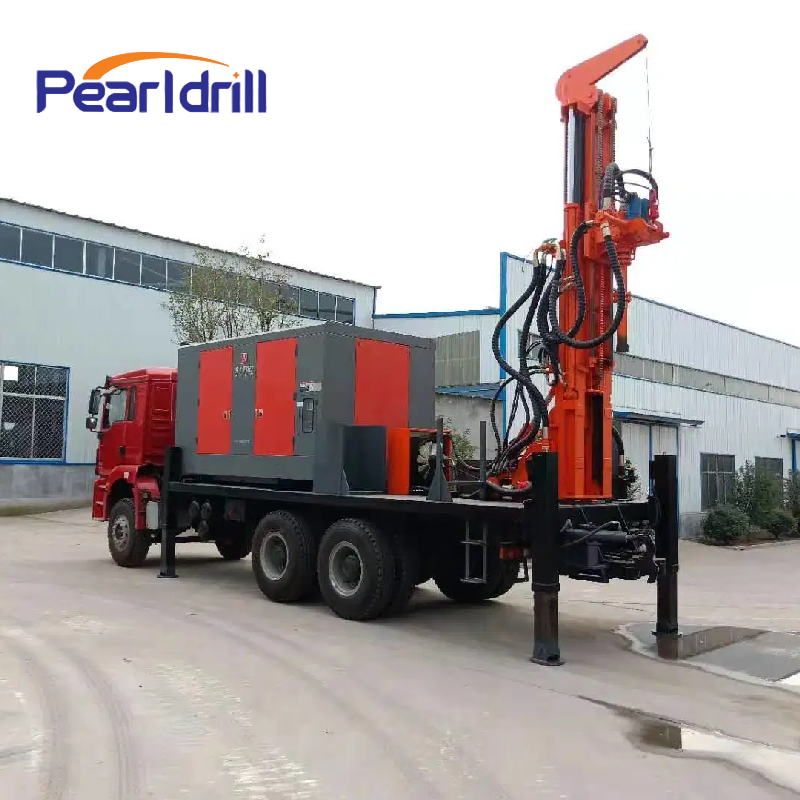1. Drilling depth and geological conditions
Drilling depth: Select the drilling rig according to the demand and ensure that the maximum drilling depth is slightly higher than the actual demand (20%-30% margin).
Geological conditions:
Soft formation: choose auger drilling rig or impact drilling rig.
Hard rock formation: choose pneumatic or hydraulic drilling rig with high torque and strong impact force.
Complex formation: prioritize multifunctional drilling rigs with better adaptability.
2. Performance parameters of the drilling rig
Drilling diameter: make sure it meets the wellhead design requirements, the common diameter range is 75-400mm.
Power type: choose diesel-powered or electric-powered drilling rigs according to the operating environment.
Lifting capacity: Ensure that the weight of the drill pipe and drilling tools meets the requirements to avoid jamming during operation.
Torque and speed: hard rock requires high torque and low speed, loose ground requires high speed and low torque.
3. Applicability and mobility of equipment
Field operation: choose tracked or vehicle-mounted drilling rigs, which are easy to move.
Narrow area: choose small and flexible portable drilling rig.
Extended function: such as equipped with mud pump, air compressor or coring function, can enhance the scope of application of the drilling rig.
4. Brand and after-sales service
Brand quality: choose a famous brand, product quality and stability are more guaranteed.
After-sales service: Prioritize manufacturers with perfect after-sales service, including parts supply and technical support.
5. Cost and price-performance ratio
Budget range: according to the actual needs of the choice of performance and price balance of the equipment, to avoid over-allocation or under-allocation.
Operation cost: pay attention to fuel consumption, maintenance cost and ease of use of spare parts to reduce the long-term cost of use.
Summarize: according to the drilling demand, geological conditions, equipment parameters, after-sales service and budget careful consideration, choose the water well drilling rig with matching performance and high cost performance.
If you don't know how to choose the right water well drilling rig, click the link below to contact our professional team directly.

Comments
Post a Comment